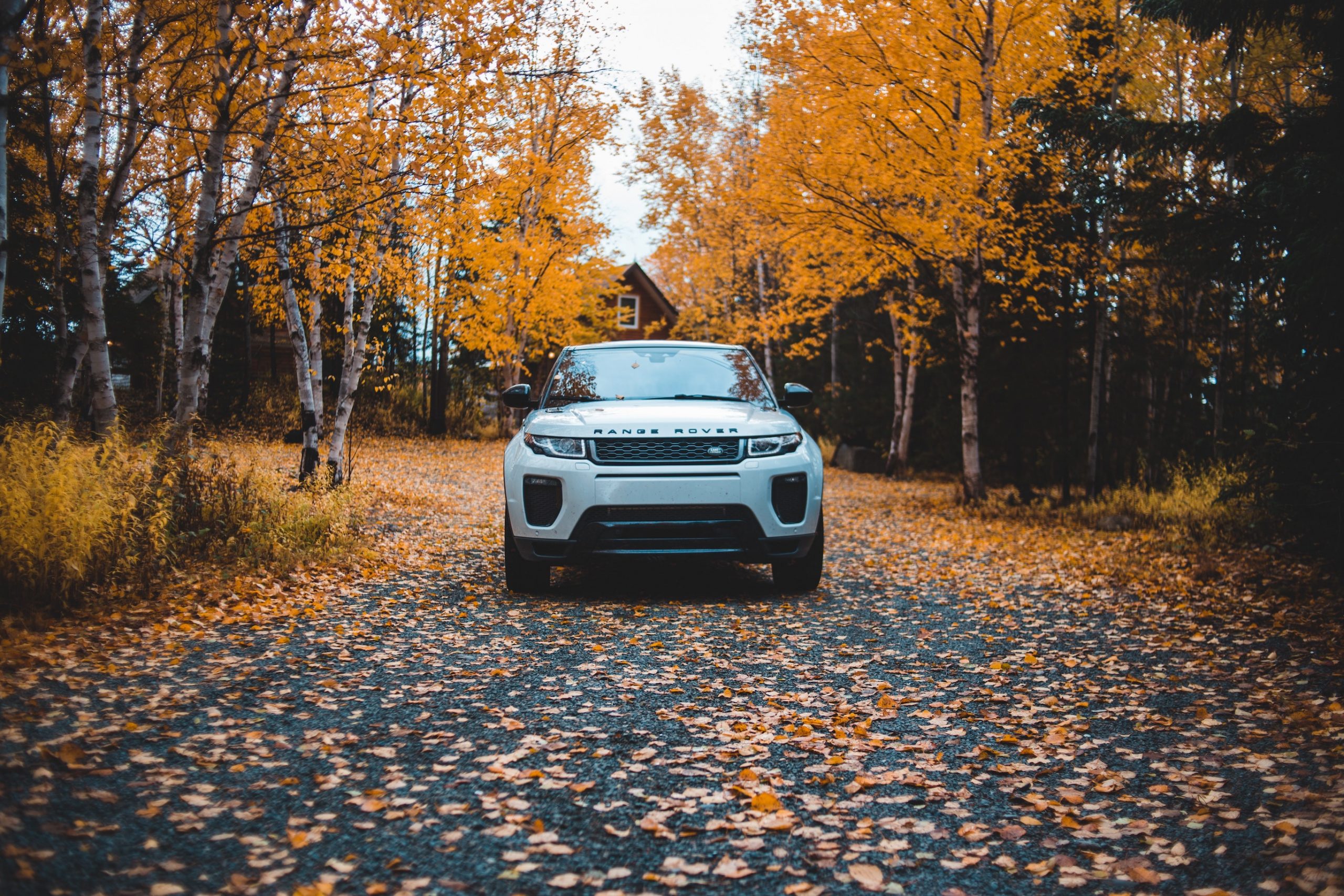

Have you ever found yourself on a dimly lit country road at night, with an oncoming car that only has one working headlight? Such situations can often make us more alert. Or even more concerning, have you ever been apprehensive while driving in a combination of fog and darkness? In this month’s blog post, we review some ways to improve your overall visibility and fall driving safety under these and other hazardous circumstances.
As Daylight Savings Time begins and winter approaches, we anticipate shorter daylight hours and worsening weather conditions that could diminish our visibility while driving. Prioritizing visibility is crucial for safe driving. By actively adhering to the following tips, you can enhance your safety during fall-time drives.
- Ensure all your vehicle lights are working: It’s not uncommon for headlights to burn out unexpectedly; we might not even realize a headlight is not working until an oncoming car flashes their high beams at us. This also applies to our brakes and indicator lights. The most straightforward way to confirm that all your lights are in good working order is to perform a visual inspection. It can be beneficial to enlist the help of a friend or family member. Activate the headlights, high beams, fog lights, and indicators (blinkers), and have them confirm that all are operational. While the vehicle is in PARK, depress the brake pedal and verify that your brake lights illuminate. Lastly, put the vehicle in reverse and have someone safely check that your reverse lights (the white lights within your rear brake lights) are functioning. Ideally, you should check your lights at least once a month.
- Maintain clean headlamps: Over time, your vehicle’s headlamps may become dull, yellowed, smudged, or dirty. Keeping the exterior of your headlamps clean is straightforward with some glass cleaner and a bit of effort. However, since headlamps are sealed to prevent water ingress, you cannot clean any smudges or discoloration on the inside of the lamps. If you observe any issues inside your headlamps, consult with a professional to determine what can be done to rectify the problem.
- Change windshield wipers biannually: There’s nothing more frustrating than cracked and worn windshield wipers that fail to effectively clear rain or snow from our windshield when we need it most. Given that windshield wipers primarily consist of rubber, they can easily degrade due to temperature fluctuations and frequent use. Make it a routine to have your wipers inspected whenever you take your vehicle for an oil change. You might also consider storing a spare set of windshield wipers in your vehicle’s trunk. While it may seem trivial, replacing a wiper requires some patience. Learn how to easily replace them so that you are prepared when in need.
- Take care of your windshield: If you frequently use your windshield wipers, ensure you maintain an adequate level of wiper fluid. During the cooler months, it’s advisable to keep a clean rag, glass cleaner, and a bottle of windshield wiper fluid handy. This way, you will never be caught off guard with a dirty windshield that cannot be cleaned immediately. Additionally, always address any visible chips or cracks promptly. Small cracks in windshields can escalate into larger problems, particularly in extreme temperatures. Have a professional assess any damage to your windshield to determine whether it can be repaired or needs replacement. Don’t forget to check with your auto insurance provider to see if they cover windshield repairs or replacement.
If you need to have your vehicle inspected for fall weather, contact the service professionals at Colonial Service Station to schedule an appointment.
